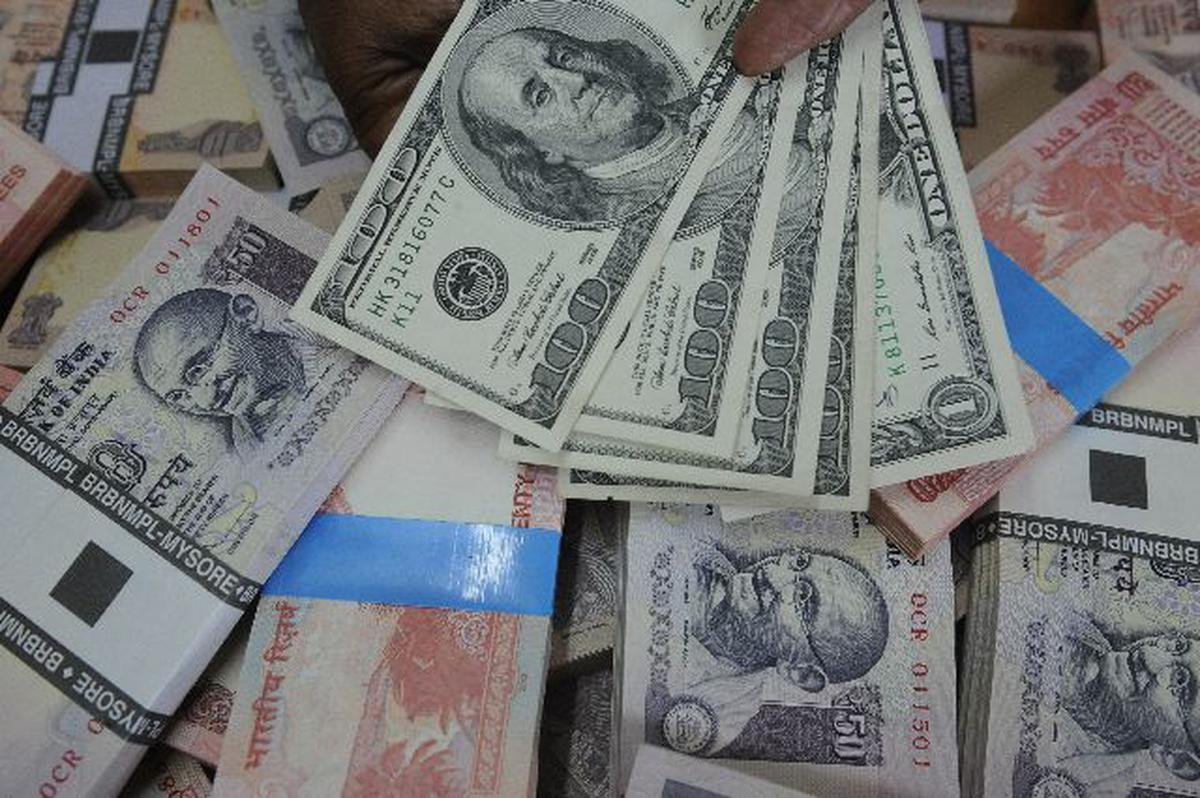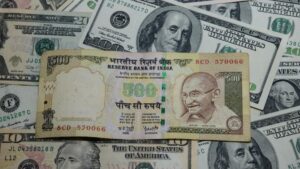
USD/INR Declines Following Mixed Indian PMI Data.

Indian Rupee Strengthens Amid Mixed PMI Data and Crude Oil Price Decline
The Indian Rupee (INR) showed strength on Friday, trading in positive territory following the release of mixed economic data. According to the latest HSBC India PMI figures, the Manufacturing Purchasing Managers Index (PMI) rose to 58.0 in January from 56.4 in December, signaling robust growth in the sector. However, the Services PMI declined to 56.8 from 59.3 in the previous month, and the Composite PMI slipped to 57.9 from 59.2. Despite the mixed results, the Rupee remained steady in the immediate aftermath.
Factors Supporting the Indian Rupee
One of the key contributors to the INR’s strength was a drop in global crude oil prices, a significant factor for India as the world’s third-largest oil consumer. Lower oil prices ease the country’s import bill, providing much-needed support to the Rupee.
In addition, the Reserve Bank of India (RBI) maintained its stance of minimal intervention, allowing the Rupee to move in either direction within broader limits. This strategy helps curb volatility and mitigates sharp losses in the local currency.
Challenges Facing the INR
Despite positive developments, several factors exerted pressure on the Rupee:
- Rising USD Demand: Increased demand for the US Dollar from foreign banks operating in India contributed to a weaker INR.
- Foreign Portfolio Outflows: Capital outflows from Indian equities further weighed on the Rupee.
- US Policy Uncertainty: Speculation around tariff announcements by US President Donald Trump added to market unease.
Key Economic Data to Watch
Investors are now turning their attention to the preliminary US S&P PMI data for January, which is expected later on Friday. This data will provide further insights into the US economy and could influence USD/INR movements.
Conclusion
The Indian Rupee’s performance reflects a delicate balance between domestic and global factors. While declining crude oil prices and the RBI’s minimal intervention support the currency, rising USD demand and foreign outflows present challenges. With key US economic data on the horizon, market participants will closely monitor developments for further direction.
Stay updated with the latest INR trends and insights for informed decision-making!
Never miss any important news. Subscribe to our newsletter.
Related News


USD/INR Slows Down Amid Mixed Indian PMI Data.


USD/INR Rises as Markets Anticipate Fed Rate Decision.


Gold Price Nears Record High Amid Strong Safe-Haven Demand.



USD/INR Gains Momentum Amid Trade Tariff Uncertainty.



Never miss any important news. Subscribe to our newsletter.
Editor's Pick


USD/INR Slows Down Amid Mixed Indian PMI Data.


USD/INR Rises as Markets Anticipate Fed Rate Decision.



